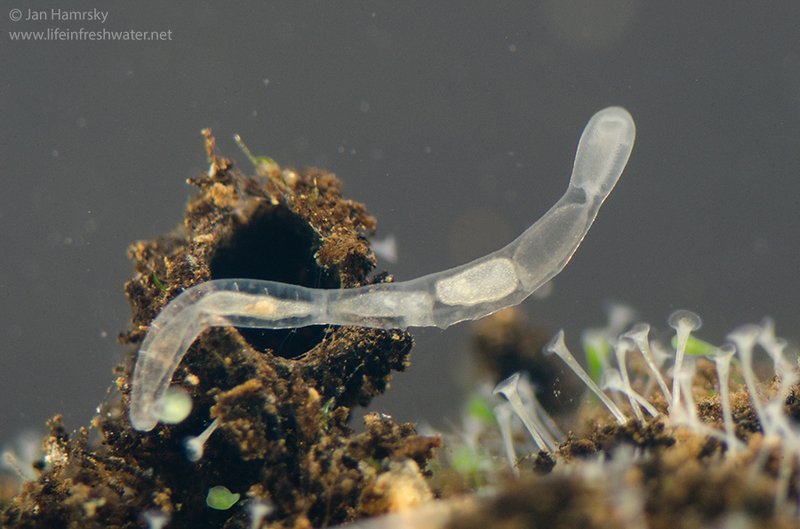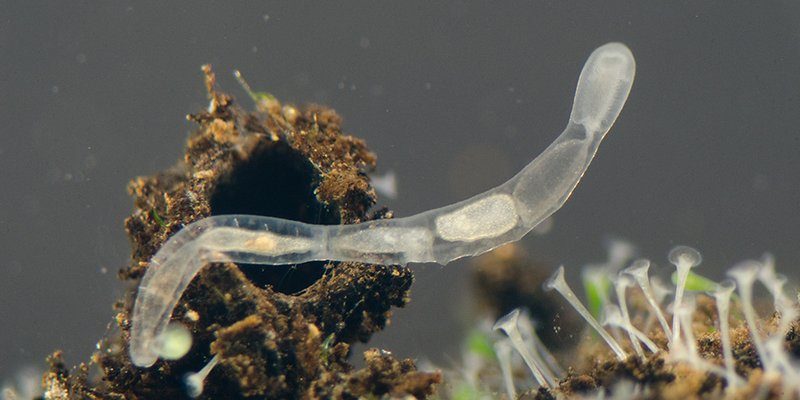
Imagine teaching your students about ecosystems by letting them observe these little worms up close. You can think of freshwater oligochaetes as nature’s recyclers. They play a key role in breaking down organic matter and improving soil quality. By incorporating them into science demonstrations, you allow students to explore biology and ecology hands-on, sparking curiosity and fostering a love of science that might just stay with them for life.
In this article, we will explore the role of freshwater oligochaetes in school science demonstrations, how to set them up for classroom experiments, the educational benefits they provide, and a few practical tips for making the most out of your oligochaete experience.
What Are Freshwater Oligochaetes?
Freshwater oligochaetes are worms that belong to the class Oligochaeta within the phylum Annelida. These creatures thrive in aquatic environments, such as lakes, rivers, and ponds. They have soft, elongated bodies and are characterized by their segmented structure. You might be familiar with the common earthworm, which is a close relative of oligochaetes.
Why are these worms important? Well, they play a significant role in aquatic ecosystems. They feed on decaying organic matter and microorganisms, thus breaking down waste and recycling nutrients back into the ecosystem. This not only helps purify water but also provides essential nutrients for plants and other organisms. In essence, freshwater oligochaetes are nature’s unsung heroes that keep ecosystems healthy and functioning.
Characteristics of Freshwater Oligochaetes
If you’re wondering how to identify freshwater oligochaetes, here are some key features to look for:
- Segmented Body: They have a long, cylindrical body divided into segments, which can be seen under a microscope or with the naked eye.
- Moist Habitat: Oligochaetes prefer wet environments, often living in mud or sediment at the bottom of water bodies.
- Color Variations: They can range in color from light brown to greenish or dark brown, depending on their environment and food sources.
Understanding these characteristics can help students appreciate the diversity of life in their local ecosystems. Plus, studying these worms raises awareness of environmental health as students realize how interconnected life really is.
Setting Up Your Oligochaete Science Demonstration
Ready to introduce freshwater oligochaetes into your classroom? Here’s how you can set up an engaging science demonstration. First, you’ll need to acquire some oligochaetes. You can often find them in local ponds or purchase them from biological supply companies. Just remember to collect them ethically and sustainably.
Next, prepare a simple aquarium setup. You’ll need:
- A clear aquarium or large glass container
- Clean, dechlorinated water
- Some sediment or soil (preferably from the habitat where you found the worms)
- Slightly decaying plant material to serve as food
Make sure your students understand how to treat the oligochaetes carefully. They are delicate creatures and should be handled gently. It’s all about creating a safe and conducive environment for your little friends!
Conducting Observations
Once your setup is ready, invite your students to observe the oligochaetes. Encourage them to look for how the worms move, feed, and interact with their environment. Ask open-ended questions to stimulate critical thinking:
– “What do you notice about how they move?”
– “Why do you think they prefer this type of habitat?”
– “How do they affect the soil quality in the tank?”
You can also have students take notes or even draw pictures of the worms and their environment. This hands-on observation can deepen their understanding of biological concepts and encourage scientific curiosity.
The Educational Benefits of Using Freshwater Oligochaetes
Integrating freshwater oligochaetes into your science curriculum offers plenty of educational benefits. For one, they provide a real-world example of ecological processes. Observing these worms can help students grasp abstract concepts such as decomposition and nutrient cycling.
Furthermore, working with living organisms promotes responsibility among students. They learn to care for the oligochaetes and appreciate the importance of ethical treatment in science. This experience can inspire future environmental stewardship and a passion for biology.
Moreover, oligochaetes are relatively simple to observe, making them accessible for students of all ages. They can help bridge gaps between theoretical knowledge and practical application, ensuring that learning is relevant and impactful.
Exploring Scientific Concepts Through Oligochaetes
Using oligochaetes in demonstrations allows you to explore various scientific concepts, including:
– Ecosystems: Create discussions on how these worms fit into food webs and how their presence influences other organisms.
– Biology: Dive into anatomy and physiology, examining how these worms’ body structures support their functions.
– Environmental Science: Discuss water quality and introduce students to concepts such as pollution and habitat preservation.
All these avenues provide endless learning opportunities and can be tailored to suit different educational levels and interests.
Common Challenges in Using Oligochaetes
While freshwater oligochaetes are excellent for demonstrations, you may encounter some challenges. One common issue is ensuring the right habitat conditions. It’s crucial to maintain water quality, temperature, and oxygen levels to keep them healthy.
If students become too curious and handle the worms roughly, it can stress the animals or even lead to their demise. Remind them to observe rather than handle the worms too much. Set clear guidelines early on to foster empathy and respect for living creatures.
Another challenge is the availability of oligochaetes. If you can’t find them locally, check online vendors that specialize in biological supplies. They often provide safe, ethically sourced oligochaetes for educational purposes.
Tips for Successful Oligochaete Demonstrations
To help ensure a smooth experience with freshwater oligochaetes, here are some tips:
- Plan Ahead: Set up your tank a few days before your demonstration to allow the worms to acclimate.
- Engage Students: Use interactive activities, such as measuring worm lengths or creating food webs, to keep students involved.
- Monitor Conditions: Regularly check the water’s pH and temperature to keep your worms healthy.
By preparing well and keeping an eye on the environment, you can create a memorable learning experience that resonates with students.
Incorporating freshwater oligochaetes into school science demonstrations can transform learning into a vibrant, interactive experience. These tiny creatures offer a window into the complexity of ecosystems, promote responsibility, and spark curiosity about the natural world. Whether you’re conducting observations, discussing ecosystems, or exploring biological processes, freshwater oligochaetes can make science come alive in your classroom.
So, the next time you consider showcasing the wonders of biology, think about using these remarkable worms. They may be small, but they pack a significant educational punch. By engaging students with live demonstrations, you’re not just teaching science—you’re inspiring the next generation of scientists and environmental stewards. Now, isn’t that a beautiful thing?

